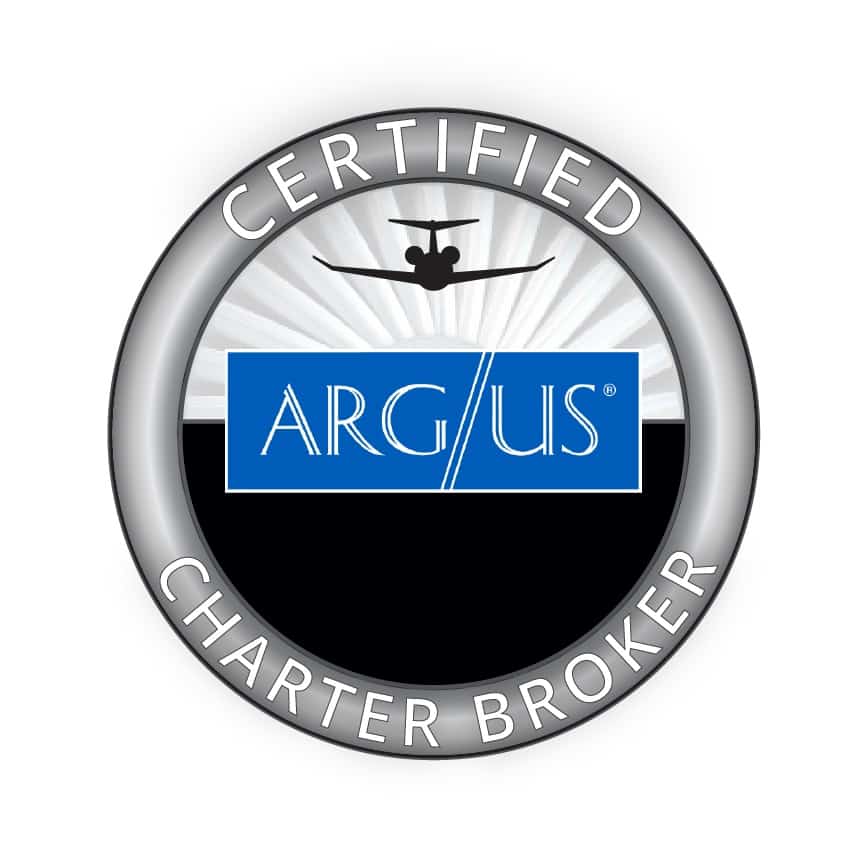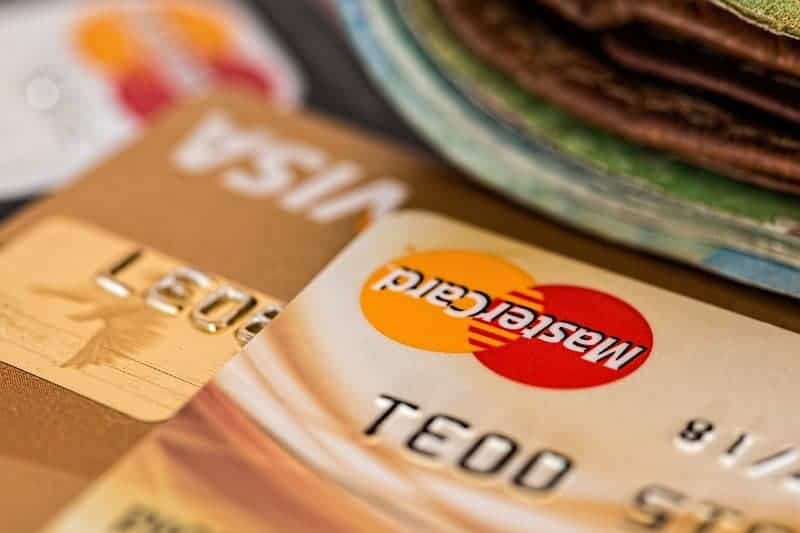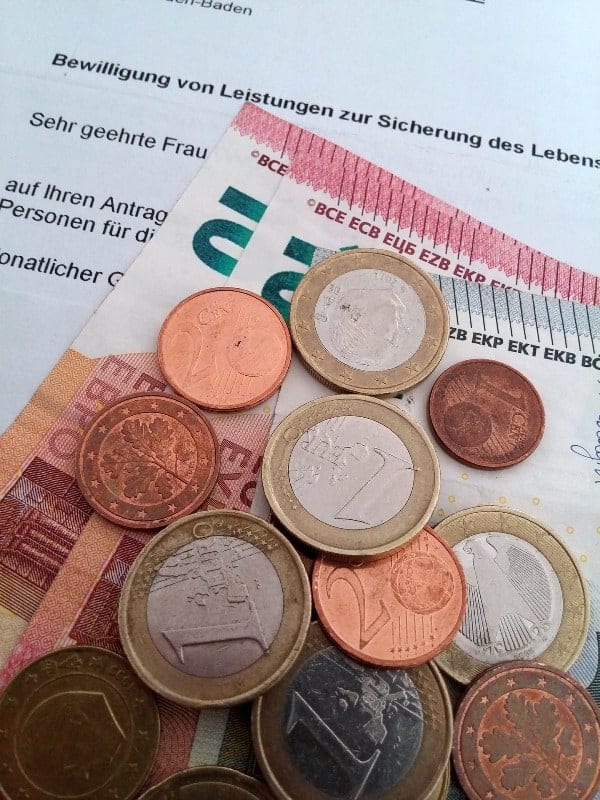For the past two decades, I have seen more than fifty or so jet card providers come and go with varying degrees of success and failure. Most of it had to do with how each Private Jet Card program tried to educate its clients and marketing dollars spent on the project. It is a niche market that requires a high net worth client who is slightly north of I fly randomly, but I fly a lot. These jet card members do not want to purchase an airplane outright or aviate on-demand charters/fractional ownership. An on-demand charter could have varied rates on the same city pairs, so much so that most clients start questioning the credibility of the quoted private jet charter rates. That is the tipping point. Right around having flown 80 to 100 hours of charter flights and seeing different prices on their credit cards, they start to question the validity of their relationship with the broker. Or the operator and start to look for a better deal when it comes to pricing per hour of their private aircraft charters.
Let us take an in-depth tour of what entails a Jet Card membership.
What is a Jet Card?

A jet card is a contract with a private air charter operator/charter broker and its client to lock in the hourly rates (sold in increments of 10,20, 30,50, and 100 hours, etc.)of an airplane for hire. Simple enough? Yes? It gets complicated. With over three dozen jet cards available utilizing more than 300 or aircraft for hire, a jet card is an effortless way to organize the Invoicing of your trips at the end of your flight. Or at least that was the plan in the beginning until the jet card companies got creative. That confused the jet charter clients once again. Let me guide you on selecting a jet card and the caveats, pros, and cons of buying a jet card.
How to Select a Jet card
Like most contracts, the devil is in the fine print. Do you remember those Credit Card advertisements on TV where the credit card company offered a bunch of miles and then rapped the whole fine print only to find out that you cannot use your miles on any airlines and only use them on weeks that do not have Monday? I am exaggerating a bit, but Jet Card selection can be just as confusing. Let us start with the most cardinal factors.
1. Safety
Is the charter operator/broker audited and certified by ARGUS or Wyvern Wingman? If they have not been audited and accredited by either, then you need to walk away. A safety audit of these operators makes sure that you and your family/friends/colleagues are in the safest hands of its pilots, Mechanics, and Managers.

2. Cost

Remember you are fronting the money for a bulk purchase of the hours in 10-hour increments. The lowest rates for a light-size cabin airplane are around 5500$ per hour, and for 25 hours of bulk purchase, you’re depositing 137500 USD. The question you need to ask is; where will this money be stored? In an escrow account or a direct deposit/separate account of the operator/broker? If it is a bank account of the operator instead, then you need to do a thorough background check on the company. How long have they been in business, and if they have had past litigation with jet card deposit funds? If it is a large company, they’re not likely to go out of business in the next few months in which you would typically have used up those funds.
3. Fixed hourly rates or Hybrid/Dynamic rates?

It is simpler to calculate flight hours times the flight cost per hour and make it a standard billing arrangement. But the way a jet charter works, it is impossible to have a jet fly only between pair of cities and cap its cost plus be accurate with the additional fees. Most private aircraft are displaced to pick up the clients, and that is an added cost. In a dynamic or hybrid card, the hourly flight rates are limited, and in some cases, you will be paying less than the market rates available at the time of travel.
4. Aircraft availability

One of the most attractive aspects of a jet card is the availability of an aircraft when you want it at your airport of departure. Not all jet card providers guarantee the availability of an airplane, and some have a 72 hour call-out time. Please also look into the peak rates and blackout days during busy seasons and holidays. The surcharge on peak days could be very high, and this needs to be into consideration.
5. Cancellation fees

The cancellation fees vary by operator, with the leas time for cancellation being anywhere from 72 hours to 12 hours in advance. It is imperative to know the cancellation clause under the jet card contract. A delay in flight cancellation can cause a loss of up to 100 % of the charter fees.
6. Jet Card Membership Fees
We disagree with the membership fees, but they can range from a few thousand dollars to around 15000 USD. Some jet card companies also charge a monthly maintenance fee, which we duly consider to be frivolous. These fees may be amortized based on the number of hours flown and purchased.
7. Jet Card-Daily Minimums

Of all the things that make a jet card complicated for private aviation, Jet Card-Daily minimums are one of them. Please note if your jet card provider has minimum daily hours to be flown. It means that if you aviate, for example, 55 minutes flight from Dallas to Houston and the Jet card provider has a two-hour daily minimum in the contract, you will be paying two hours for that 55-minute flight. You need to weigh in your flying habits and try to stay away from short flights. Or use it as a round trip to justify the expense. You must also educate yourself on the difference between flight hours and block time hours. Flight hours for some companies are just that, time spent in the air. Most companies add 12 minutes of taxi time on departure and 12 minutes after landing. That is an addition of 24 minutes to your billing, and at 5500 USD per hour, this could cost you 2200 USD just to be taxing on the ground post landing and pre-take-off.
8. Possibility of Upgrades

Please ask your jet card provider for any interchange fee to charter different aircraft types. There is a price difference between specific aircraft on your jet card contract, for example, a light jet, mid-size, and heavy jet. There are many restrictions on cabin size interchanges, and they depend upon peak time and sometimes carry a hefty fee of 20% or more.
9. Service Area

Under your jet card contract, your primary service area is the geographical location in which your hourly rates are. For example, domestic USA will exclude any trips to Canada or the Caribbean and Central/South America. And the International trips will have additional fees and surcharges like fuel, ground handling, and crew over-nights. Some larger operators like NetJets and Vista Jet do not differentiate between the hourly rates of domestic and international flights. Most service areas are limited to Light-size, mid, and super-mid cabin classes.
10. Children and Pets Policy

It would help if you looked into whether an operator would allow underage/minors to travel alone without supervision. If it is something you might require, you need to clarify it with the Jet Card provider. Most operators have friendly pet policies, but that does not mean that you can carry your pets without fees and vaccination paperwork. Pet carrying fees could be upwards of 500 USD to 1500 USD.
Please feel free to reach out to us for private jet card comparisons at +1-888-277-7203 or at our email info@icarusjet.com




